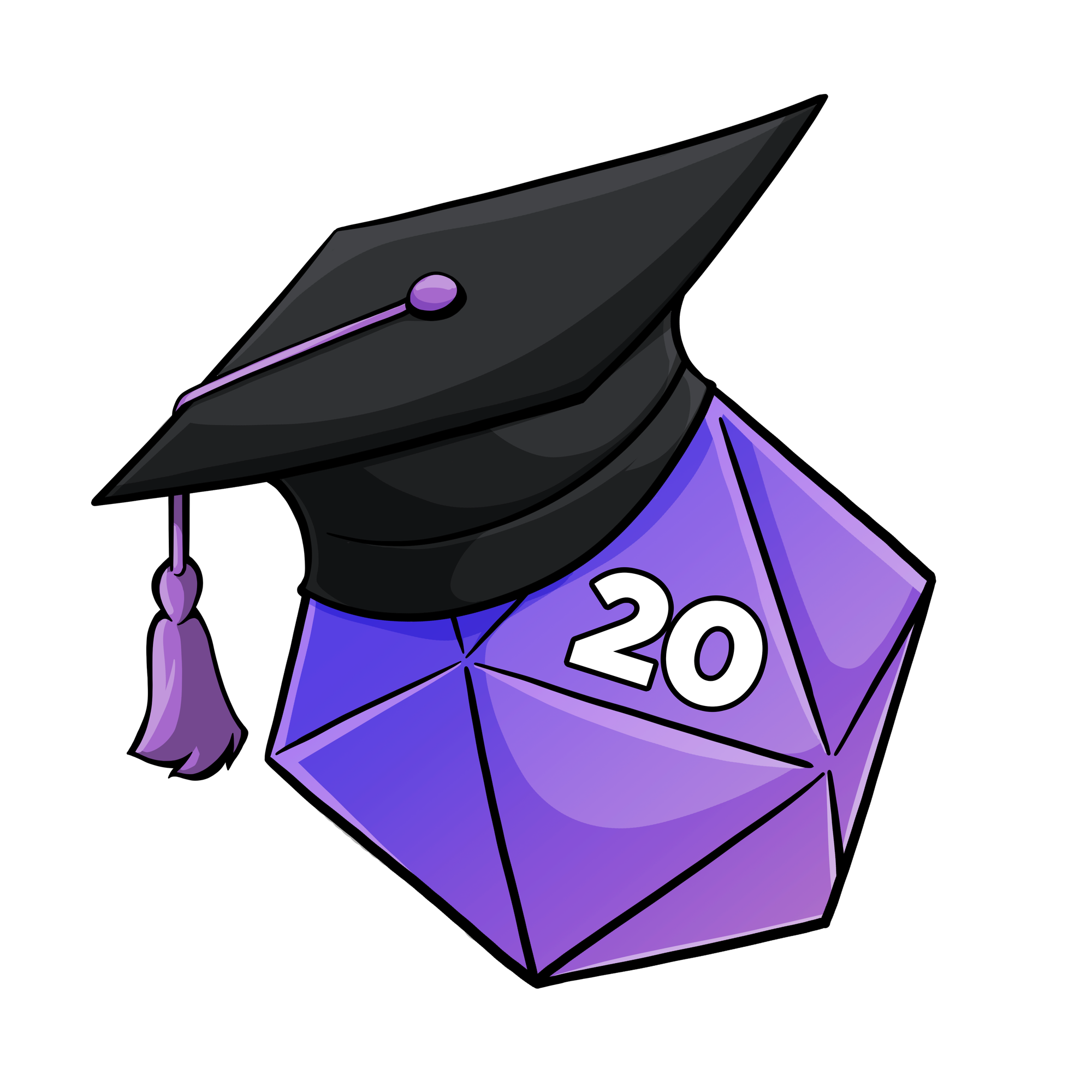Summoning Spells Suck in 5E

If you’re a Dungeon Master, you’ve probably experienced the effect that summoning spells have on combat. Spoiler: it’s not a good one. We know they suck because the rules have tried to patch them at least twice. But has it worked?
Disclaimer: If you’re a player and you enjoy summoning spells, that’s great! This isn’t a knock against players using them. Players in my current game use them. This is about the effect those spells tend to have on gameplay. It’s a result of poor design and not bad players.
In the early days of Dungeons & Dragons 5th edition, summoning spells were at their worst. Spells like conjure animals, conjure fey, conjure celestial, and conjure woodland beings could grind your combat to a halt. Players wanted to use them. And why wouldn’t they? They made tactical sense. But these spells were complex and ultimately had a negative effect on gameplay. Here’s a quick look at what conjure animals would add to that player’s turn:
- Choose the beast (and quantity).
- Decide where to place each of them (if there’s a map).
- Locate the beast’s stat block (either the player or DM).
- Roll the beasts’ initiative.
Then on the beasts’ turn, the standard action economy kicks in. Choose where to move. Choose what to do. Roll attack dice. Roll damage dice. Rinse. Repeat. This leaves other players waiting even longer for their turn while watching 8 wolves try to bite their enemies. And it puts undue pressure on the summoning player to keep things moving.
Then came the Dungeon Master’s Guide.
Mob Rules
The Dungeon Master’s Guide is filled with underappreciated goodies. Chapter 8: Running the Game provides advice for handling mobs. It was a good attempt at solving the problems discussed above. In short, you grouped creatures and made a single d20 roll. The Mob Attacks table would tell you how many would automatically hit and deal damage.
This method reduces the rolls dramatically. Especially if you used the average damage from the summoned creatures. But in play, this method was a soggy bandaid at best. Calculating the numbers and using the table was always a bit jarring. And you’d sometimes have to calculate everything before a player decided where and how many summoned creatures they wanted to use in an attack.
I still think this is an improvement over rolling every single die roll for every single creature. But it’s clunky and I don’t like it. Luckily, Tasha knew better spells.
Out of the Cauldron, Into the Fire
Despite much criticism, many agree that Tasha’s Cauldron of Everything delivered better summoning spells. And I have to agree. Summon beast is a great example to compare with our example above. But now, you’re summoning one creature. The stat block is in the spell description and the only changes are calculated by the spell’s level and which type of beast you choose. No more looking up stat blocks. A wolf and an eagle share the same stat block with small variations between them. No more mobs of creatures added to the battlefield. And this beast acts on the same initiative as the caster.
Tasha’s Cauldron of Everything provides a number of these simpler summoning spells: summon fey, summon undead, summon elemental, etc.
Summon Better Spells
I wish summoning spells behaved like environmental effects with static benefits. That would keep the narrative while removing the mechanical bog they create. Alas, they do not. So I’ll leave you with a few things that I’ve learned to help manage them at the game table.
Restrict summoning spells to those found in Tasha’s Cauldron of Everything. For the most part, they do a great job of solving most of the gameplay problems.
Familiarize yourself with the stat blocks for summoned creatures. Players still have to calculate numbers on the fly. It helps to have a DM familiar with the spell.
Default to ignoring summoned creatures in battle. As a DM, save your attacks for player characters. It removes the need to calculate AC and track hit points for summoned creatures. The exception is if the player wanted the summons to draw fire from the player characters.
